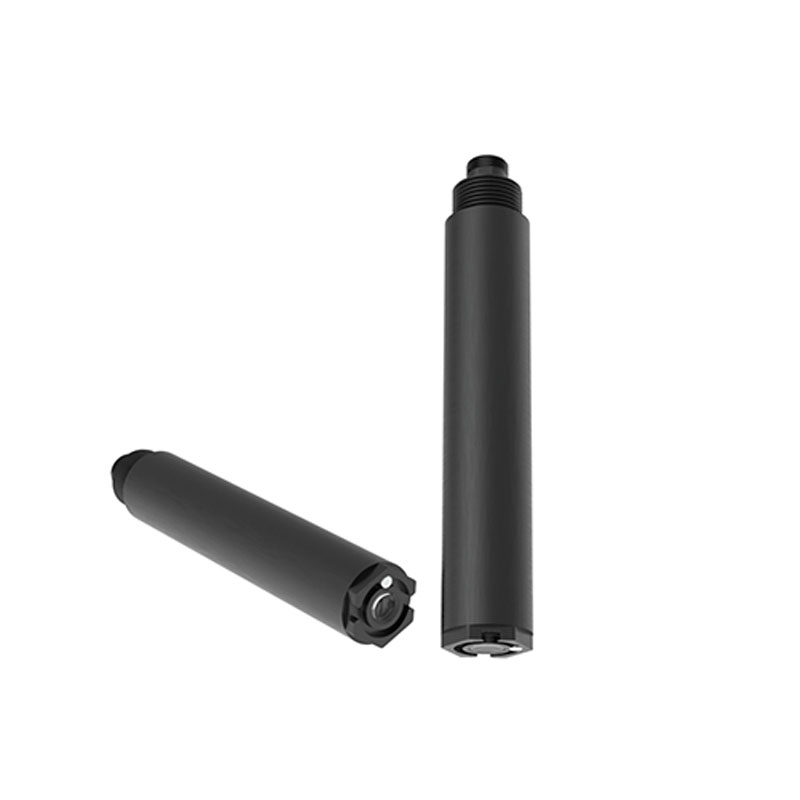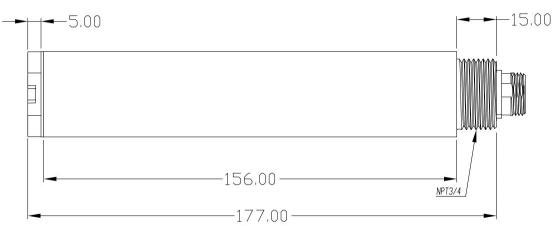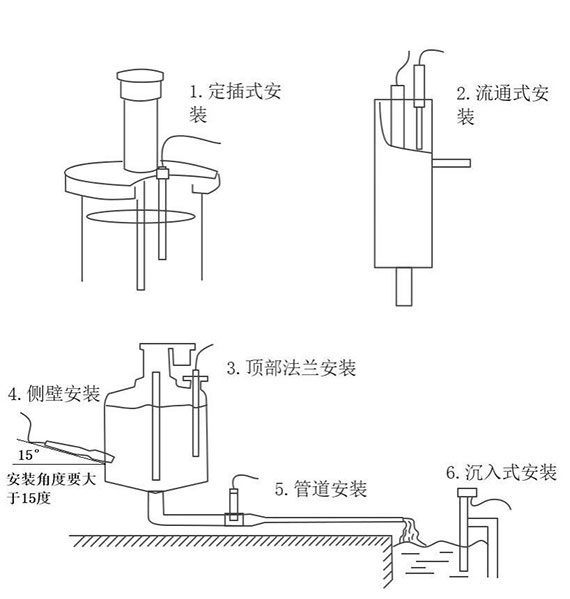Shandong Fengtu IOT Technology Co., Ltd
Sales Manager:Ms. Emily Wang
Cel,Whatsapp,Wechat:+86 15898932201
Email:info@fengtutec.com
Add:No. 155 Optoelectronic Industry Accelerator, Gaoxin District, Weifang, Shandong, China

Sales Manager:Ms. Emily Wang
Cel,Whatsapp,Wechat:+86 15898932201
Email:info@fengtutec.com
Add:No. 155 Optoelectronic Industry Accelerator, Gaoxin District, Weifang, Shandong, China
time:2024-12-26 10:46:23 source:Weather Station viewed:429 time

one.Working principle of turbidity sensor
turbidity sensor is a device that uses light scattering to measure the concentration of suspended particles in a solution to detect water quality by measuring turbidity levels.Turbidity sensors determine the concentration of particles in a liquid by measuring the scattering of light. It uses a light source to shine into a liquid and then measures the scattered light intensity at different angles. This sensor uses the 90° angle scattered light method to linearly process the collected values, and outputs turbidity values through a temperature compensation algorithm.
two. turbidity sensor technical parameters
| Measurement principle | scattered light method |
| Measuring range | Default 0~3000NTU, 0~40NTU; 0~1000NTU; can be customized |
| resolution | 0.1NTU |
| Accuracy | ±1%, ±0.3℃ |
| temperature compensation | Automatic temperature compensation |
| Output mode | RS-485 (Modbus/RTU) |
| Storage temperature | -5-+65℃ |
| working environment | 0~50℃, ≤0.2MPa |
| Installation method | Submersible installation, 3/4NPT mounting thread |
| Cable length | 5m |
| Power consumption | 0.2W, 12V power supply |
| powered by | DC: 12V-24V |
| Protection level | IP68 |
| Calibration method | Two point calibration |
| Shell material | ABS |
three. turbidity sensor size/installation
1.turbidity sensor size chart

2.turbidity sensor wiring diagram
The cable is a 5-core shielded wire:
Red wire - power cord, black wire - ground wire, green wire - 485A, white wire - 485B
3.turbidity sensor installation

Note: The sensor cannot be installed upside down or horizontally, and must be installed at an angle of at least 15 degrees. The test port will not touch the container wall within 5CM to the left and right, and 10CM below
Four. turbidity sensor maintenance and care
Sensor maintenance:
If the sensor needs to be cleaned, use warm water and an appropriate amount of detergent to clean it.
Notice:
Avoid strong vibrations that may damage the transparent glass in front of the ring, and do not scratch it with hard objects.
five. turbidity sensor user calibration
The sensor has been rigorously calibrated when it leaves the factory, and generally does not require user calibration. If user calibration is performed, you can execute the factory reset command if you want to restore it.
5.1 Zero point calibration
Put the sensor into a non-transparent container. Use distilled or purified water for the solution. Ensure that the sensor's test port does not touch the container wall within 5CM to the left and 10CM below. After the value stabilizes for 30 seconds, perform zero point calibration according to the communication instructions. .
5.2 Slope calibration
Put the sensor into a non-transparent container. Use a solution with known turbidity (the turbidity value should be greater than 20% of the range). Ensure that the sensor’s test port does not touch the container wall within 5CM to the left and 10CM below. Wait for 30 After the second value is stable, perform slope calibration according to the communication instructions.
industrial sensor is a kind of equipment in industrial automation, which can detect the change of quantity and convert it into an output signal, including pressure sensor, infrared sensor, smoke sensor, optical sensor and so on....
photosynthetically active radiation definition refers to the radiation absorbed by the plant during photosynthesis, namely the solar radiation within the wavelength range of 400 to 700 nm....
rain gauge definition is an instrument used by meteorologists and hydrologists to measure the amount of precipitation in an area over a period of time....
The establishment and utilization of the Tube Soil Moisture Station provides managers with a powerful tool to monitor and control soil moisture more effectively, promotes water-saving agriculture, and improves management techniques for agricultural production.Closely integrated with local agricultur...